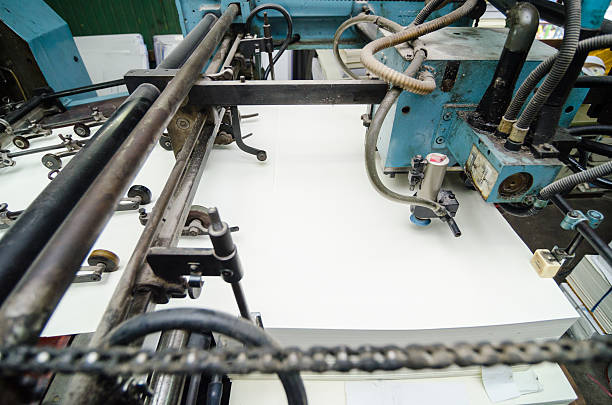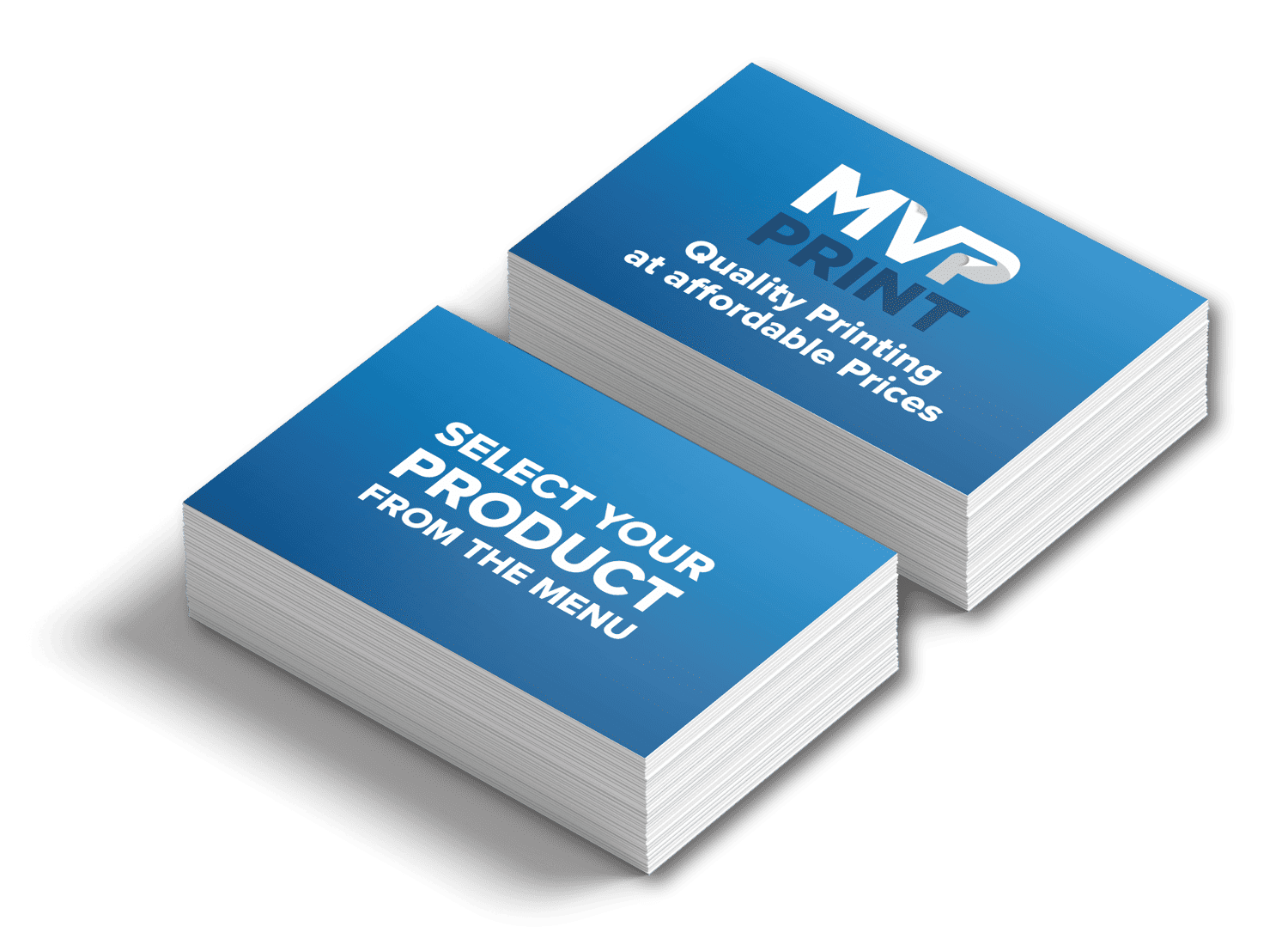
In Australia, over 15 million people engage with magazines in print or online. The debate between printing zines and digital zines is heating up. MVP Print, a leading zine publisher, is at the heart of this discussion. They cater to zine creators and fans of art zines. With a vibrant zine scene, many are pondering whether to print or go digital. The question is, which format is superior?
Printing zines offer a tactile experience that connects readers deeply. On the other hand, digital zines are gaining traction for their convenience and wider reach. We will examine the advantages and disadvantages of both formats. This will help you choose the best option for your zine.
The Evolution of Zines: From Punk Rock to Digital Revolution
Zines have a long history, starting in the 1830s with historical block prints. The 1940s saw the first zine era, marked by mimeographs and cyanide-based printing. This underground culture laid the groundwork for poetry zines, rock music fanzines, and social theory zines.
Origins in Underground Culture
The 1970s punk scene used zines to promote music and politics. Fanzines like “Sniffin’ Glue” were crucial in the British punk movement. Zines became a powerful tool for DIY culture, featuring art collages, music reviews, and political writings.
The Australian Zine Scene
In Australia, the zine scene thrived, with local creators contributing to various zine types. The digital shift in zine making has expanded opportunities for artists and writers. It allows them to reach more people and explore new formats. Many creators also explore ways to sell their zines at local fairs and online platforms, expanding their reach and engagement.
Digital Transformation of Zine Making
Today, zines are a voice for marginalized communities, offering spaces for diverse stories. Digital zines have made self-publishing and distribution easier, reaching a global audience. This change has boosted independent digital zines, keeping punk zines’ spirit alive in modern publishing.
What is a Zine?

Definition of a Zine
A zine is a self-published, small-circulation publication that can be created by anyone, regardless of their background or experience. Zines can cover any topic imaginable, from art and music to social theory and personal journals. They are often characterized by their DIY ethos, allowing creators to use a variety of materials and techniques to bring their vision to life. Zines have been around since the 1930s and have played a significant role in various subcultures, including the punk and riot grrrl movements. Whether you’re interested in poetry zines, rock music fanzines, or art zines, the world of zine making offers endless possibilities for creative expression.
Understanding the Traditional Print Zine Format
The traditional print zine format offers a unique charm, cherished by many readers. It provides a tactile experience with physical pages to flip through and artwork to appreciate. To create a print zine, you can start with a single page of printer paper. Fold it to make an eight-page mini zine, a cool way to bring your ideas to life. Many zines are sold at local comic book stores or online, allowing creators to share their work with a wider audience.
When making a print zine, it’s crucial to consider the page count, binding, and selling methods to ensure a professional-looking final product. You can use various printing services, such as those offered by public libraries or copy stores, to produce your zine. Popular zine styles include saddle-stitched booklet printing and loose sheet printing, suitable for a wide range of zine formats, from music zines to comics.
Here are some key considerations when creating a print zine:
- Page count: must be divisible by four
- Paper weight: varies depending on the intended use, with heavier weights for covers and lighter weights for interior pages
- Binding: can be done using stitch-binding or perfect binding, depending on the page count and desired finish
- Printing: can be done using digital printing services or traditional offset printing methods
By understanding these factors, you can create a high-quality print zine that showcases your ideas and creativity. Whether you’re interested in creating comics, music zines, or other types of print zines, the traditional print zine format offers a unique and engaging way to share your work with others.
| Zine Style | Page Count | Binding Method |
|---|---|---|
| Saddle-Stitched Booklet | 8-84 pages | Stitch-binding |
| Loose Sheet Printing | Variable | None |
| Perfect Bound | 60+ pages | Perfect binding |
Creating Your Own Zine
Ideation and Concept
Creating your own zine starts with an idea or concept that you’re passionate about. This could be anything from a favorite hobby to a social issue you want to raise awareness about. Begin by brainstorming and researching your topic to develop a clear vision of what you want to create. Consider the type of content you want to include, such as writing, artwork, or photography, and how you want to present it. Looking at other zines can provide inspiration and help you refine your ideas. Whether you’re drawn to poetry, art, music, or social theory, the key is to create something that resonates with you and your audience.
Design and Layout
Once you have a clear idea of your zine’s content, it’s time to focus on the design and layout. Decide on the size and format of your zine, as well as the fonts, colors, and imagery you want to use. You can utilize digital tools like InDesign or Microsoft Word to design your zine, or you can go the traditional route and create it by hand using paper, glue, and other materials. Think about how you want your zine to look and feel, and use design elements to convey your message effectively. Whether you’re creating a sleek digital zine or a tactile print zine, the design should reflect your unique style and vision.
By following these steps, you can create a zine that not only showcases your creativity but also connects with readers who share your interests. Whether you’re new to the zine scene or an experienced zine creator, the process of making zines is a rewarding and fulfilling way to express yourself.
The Rise of Digital Zines in Modern Publishing

Digital zines have transformed the publishing landscape, offering a free and accessible platform for creators. They allow writers and artists to share their work and connect with readers worldwide. The inclusion of images, videos, and multimedia elements has made digital zines vibrant and dynamic. This medium has inspired a new wave of creators and readers, fueled by the punk spirit of self-publishing and DIY ethos.
Many publications have transitioned to digital formats, opening doors for new and emerging writers. Digital zines have made content more accessible, with many offering free downloads or online viewing. Social media has been instrumental in the rise of digital zines, enabling creators to promote their work and engage with readers.
Benefits of Digital Zines
- Accessibility: Digital zines can be accessed by anyone with an internet connection, making them a great way to reach a wider audience.
- Cost-efficiency: Digital zines are often free or low-cost to produce, making them a great option for creators who want to share their work without breaking the bank.
- Interactivity: Digital zines can include interactive elements like videos, audio clips, and links, making them a more engaging and immersive experience for readers.
Digital zines have also provided a platform for marginalized voices to be heard. Many zines focus on themes like social justice, mental health, and LGBTQ+ rights. The rise of digital zines marks a significant development in the publishing industry, offering a new and innovative way for creators to share their work and connect with readers.
| Platform | Number of Zines | Engagement |
|---|---|---|
| 500+ | High | |
| Website | 200+ | Moderate |
| Social Media | 1000+ | High |
Creative Expression in Different Zine Formats
Zines offer a unique canvas for creative expression, allowing artists and writers to explore diverse formats and styles. This medium has evolved into a platform for passionate individuals to share their ideas and feelings. It fosters a sense of community and connection among both readers and creators.
As a personal journal, zines empower writers to express themselves freely. Collaborative projects unite friends and like-minded individuals. A visit to a museum showcasing zine art can inspire readers to dive into the world of zines. They discover new formats and styles that ignite their curiosity.
Some popular zine formats include:
- Perzines, focusing on personal expression and intimate storytelling
- Social and political issues, addressing topics that matter to the community
- Music and fanzines, highlighting the intersection of personal interests and artistic expression
These formats showcase the diversity and creativity within the zine community. Individuals can express themselves through various mediums, from written journal entries to visual art and photography. This connects them with friends and like-minded readers who share their passions.
Cost Considerations: Print vs Digital Production
Cost is a major factor in zine production. Print and digital methods have different expenses, affecting the final product and its price. Print needs paper, ink, and distribution costs. Digital production involves fees for platforms and distribution.
In zine creation, community and feminism are key. Archives of past zines offer inspiration, showing the evolution of zine making. Creating a zine with photos and paper can be unique but costly.
Print Production Expenses
Printed materials can cost between $300 and $3,000 per project. This depends on complexity, paper quality, and volume. Digital content creation, on the other hand, costs between $100 and $1,500. This cost difference affects zine pricing, with print magazines often being more expensive due to their unique experience.
Digital Platform Fees
Digital magazines have low distribution costs, mainly for website hosting. But, they often need to be priced lower to compete, impacting profit margins. Revenue for digital magazines comes from subscriptions, one-off purchases, and advertising on digital pages and webpages.
| Production Type | Cost Range | Distribution Costs |
|---|---|---|
| $300 – $3,000 | High | |
| Digital | $100 – $1,500 | Low |
In conclusion, the costs of print and digital production are vital in shaping zine content and pricing. Understanding these expenses helps zine makers decide on their approach. This ensures a unique and engaging experience for their audience, within the realms of zines, archives, feminism, and community, using photos, paper, collage, and scrapbook.
Building Community Through Zines
Zines have emerged as a powerful tool for community building, connecting creators and readers through shared interests. The zine community is rich and diverse, with contributors from all walks of life. They share their personal stories, essays, and drawings, fostering a sense of belonging.
Editors and websites are vital in promoting zines, offering a platform for creators to showcase their work. Food zines, for instance, have gained popularity, allowing people to share their favorite recipes and cooking tips. The St. Louis Public Library’s zine collection and the Independent Publishing Resource Center are notable examples of zine websites.
Support for the zine community comes from various events and workshops. These gatherings provide a space for contributors to share their knowledge and skills. Public workshops are a highlight, where attendees can learn about zine-making and create their own. The Portland Zine Symposium and the Chicago Zine Fest are among the most celebrated zine events.
The zine community offers several key benefits:
- It provides a platform for underrepresented voices to share their stories and experiences.
- It fosters a sense of belonging and connection among contributors and readers.
- It encourages creativity and self-expression through various forms of art and writing.
| Zine Type | Description |
|---|---|
| Food Zine | A zine that focuses on food, recipes, and cooking tips |
| Art Zine | A zine that features artwork, drawings, and other forms of visual expression |
| Personal Zine | A zine that shares personal stories, essays, and experiences |
The Future of Zine Making in Australia
The zine community in Australia is growing, marked by a strong sense of freedom and creativity. For creators, making zines is a labor of love, a way to share their thoughts and feelings through words, stickers, and DIY projects. With a deep history, Australia has seen a rise in hybrid publishing models. These combine traditional print with digital platforms.
This evolution makes sense, as it broadens the reach of zine makers while keeping the personal touch of physical zines. Environmental concerns are also gaining traction, with many opting for eco-friendly materials and methods. As the zine scene flourishes, preserving and archiving these unique publications is crucial. It ensures their history and cultural significance are not forgotten.
Several factors are driving the growth of zine making in Australia:
- The desire for self-expression and creativity
- The importance of DIY ethics and independent publishing
- The need for environmental sustainability in zine production
By embracing these factors, the future of zine making in Australia appears promising. It will continue to be driven by a sense of freedom and imagination.
Conclusion: Choosing Your Zine Format
As the course on zine making nears its end, the decision between printing and digital zines is complex. It’s influenced by various factors such as the target audience, content, desired outcome, and budget. Creators must weigh the pros and cons of each format to ensure their zine reaches its full potential.
New technologies and conventions have significantly shaped the zine community. Digital platforms like ISSUU and Canva are now popular among creators. Yet, the process of creating and distributing zines, whether in print or digital form, remains crucial to the creative journey.
Understanding the unique benefits and drawbacks of each format is key. Printed zines offer a tangible, tactile experience and tend to have higher engagement rates. On the other hand, digital zines have a wider reach and global distribution. The choice ultimately depends on the specific goals and target audience of the zine.








